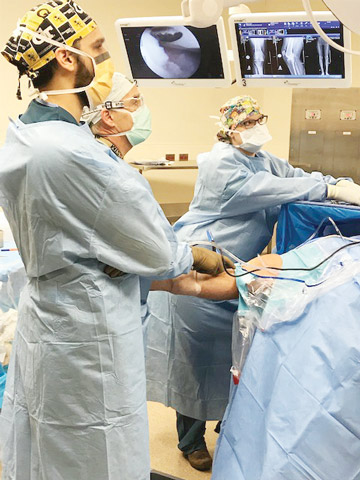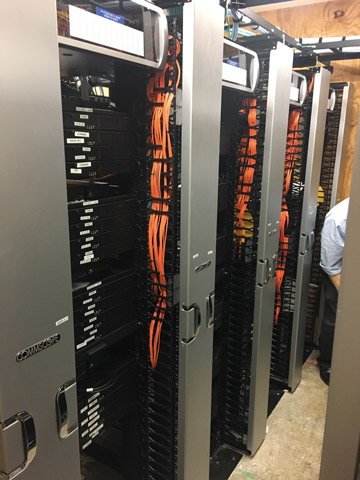Your surgeons can spend hours poring over data about what they need to do to ensure a superior surgical outcome, but when they actually go into the OR to operate, the crystal-clear resolution of the right surgical video system that allows them to better visualize tissue and the depth of color in the blood becomes a critical factor in their decision-making.
In order to get the most out of a video system for your facility's clinical needs, you need to know what factors to consider during an upgrade. Let's take a look at all the critical components of a surgical video system to help you decide.
.svg?sfvrsn=be606e78_3)


.svg?sfvrsn=56b2f850_5)